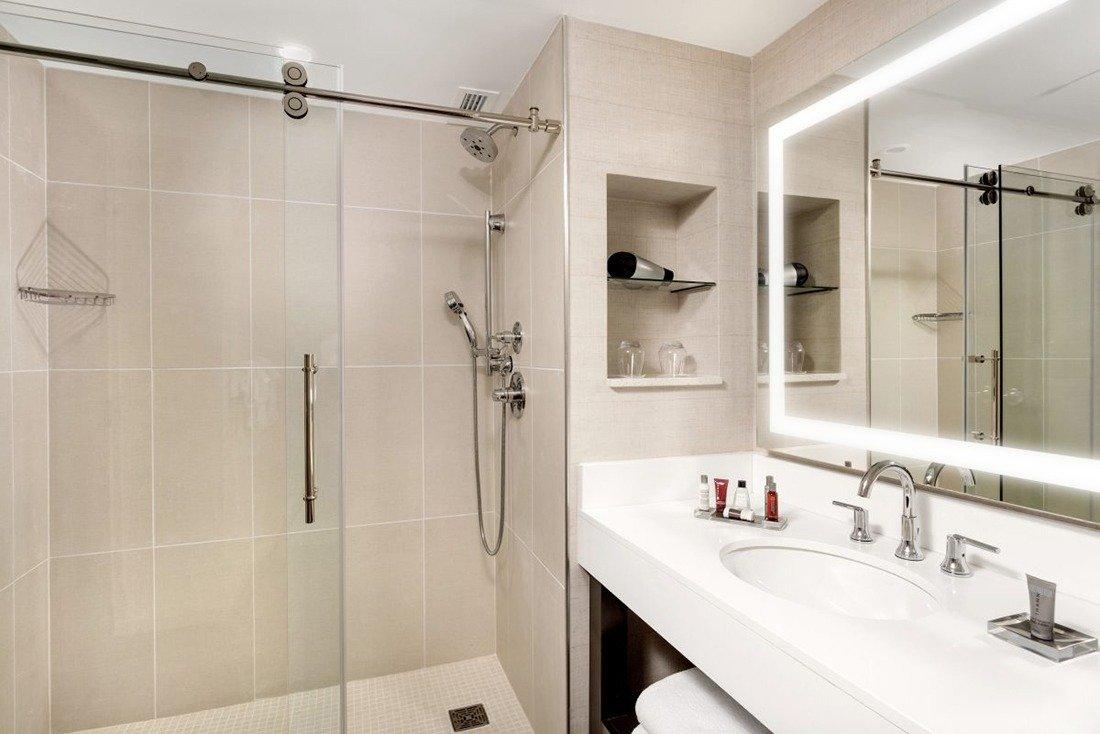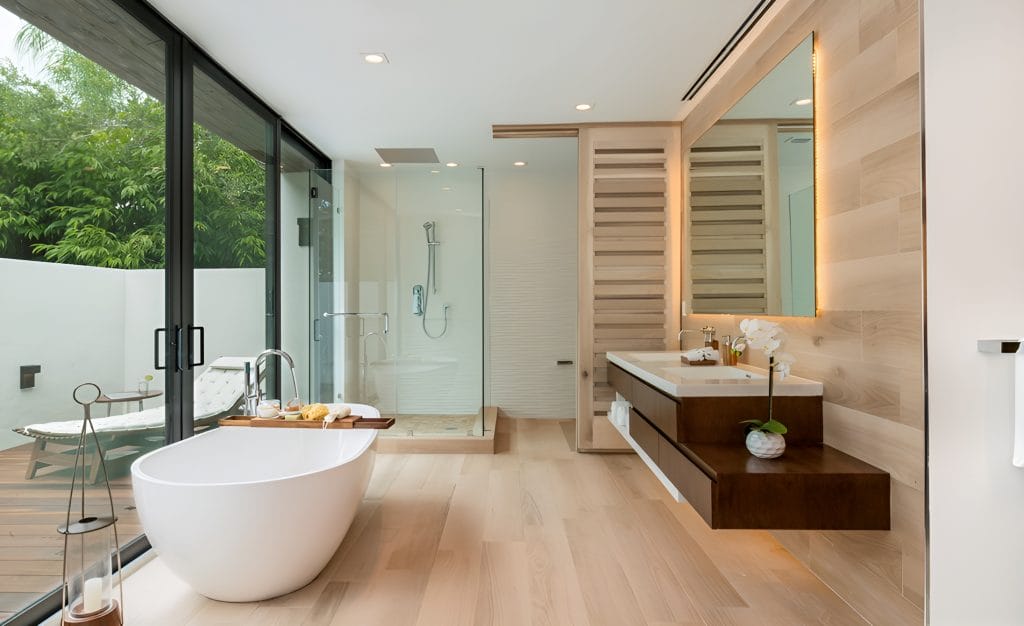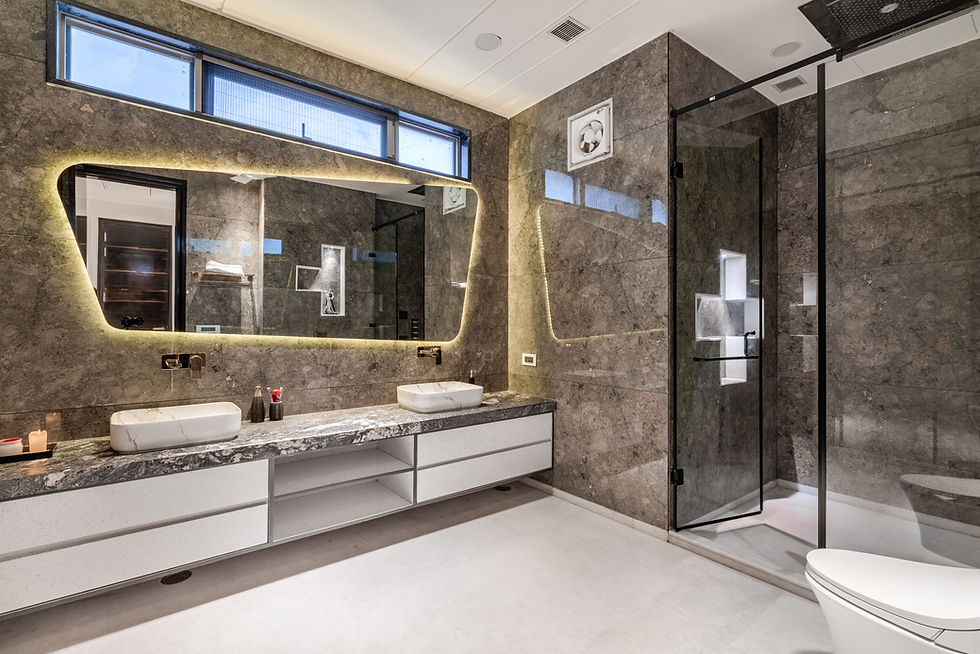
Is a water-saving toilet worth it? Evaluating Eco-Friendly Benefits
Share
In an era where technological advancements and environmental consciousness are reshaping our everyday lives, the question Is a water-saving toilet worth it? becomes particularly relevant. For tech professionals and enthusiasts who are always on the lookout for innovative solutions to modern problems, understanding the worth of these toilets is crucial. Not only do they promise significant water conservation, but they also integrate seamlessly into the smart home ecosystem.
Water-saving toilets have emerged as a pivotal component in the quest for sustainable living. With climate change and resource scarcity becoming pressing issues, the need for water conservation solutions is more urgent than ever. But does investing in a water-saving toilet make sense for tech-savvy individuals? Lets delve into the benefits, technology, and financial implications of these eco-friendly fixtures.

Understanding Water-Saving Technology
Water-saving toilets utilize advanced technologies to minimize water usage with each flush. These toilets typically use dual-flush systems or pressure-assisted flushing mechanisms, enabling users to choose between a full or partial flush. Such systems can reduce water usage by up to 50%, compared to traditional toilets.
For tech enthusiasts, the integration of IoT (Internet of Things) with water-saving technology presents an exciting frontier. As detailed in our article on DIY Eco-Friendly IoT Projects, smart toilets can be equipped with sensors that monitor water usage, detect leaks, and even provide maintenance alerts. This not only enhances efficiency but also allows for more personalized user experiences.
Environmental Impact
The environmental benefits of water-saving toilets are significant. According to the EPA, toilets account for nearly 30% of an average home's indoor water consumption. By switching to water-saving models, homeowners can conserve thousands of gallons of water annually. For those interested in sustainable living, such a switch represents a meaningful step towards reducing ones ecological footprint.
Moreover, incorporating water-saving technologies aligns well with broader eco-friendly strategies, such as the use of solar-powered leak detectors and other smart home water sensors. These technologies work in harmony to create a more sustainable and efficient home environment.
Financial Considerations
From a financial perspective, the transition to water-saving toilets can be a wise investment. While the initial cost of these toilets may be higher than conventional models, the savings on water bills can offset the upfront expense over time. In many regions, rebates and incentives are also available to encourage homeowners to make the switch.
Furthermore, as discussed in our Cost-Effective Home Automation Solutions article, integrating water-saving toilets into a smart home system can add value by enhancing property appeal and reducing long-term operational costs.
Installation and Maintenance
Installing a water-saving toilet is typically straightforward, with many resources available for those who prefer a DIY approach. For guidance, check out this step-by-step guide on how to install a water-saving toilet. Regular maintenance, such as checking for leaks and ensuring proper operation of flushing mechanisms, will ensure the system remains efficient and effective.
Additionally, the maintenance of these toilets can be integrated into smart home systems, providing real-time alerts for necessary repairs or adjustments, thus minimizing downtime and maximizing utility.
Conclusion
For tech professionals and enthusiasts, the decision to invest in a water-saving toilet is more than just a financial one. Its about embracing technology that aligns with sustainable and eco-friendly living goals. With the integration of smart technology, these toilets offer both environmental benefits and added convenience, making them a worthy consideration for any modern, tech-driven household.

FAQs
1. How much water can I save with a water-saving toilet?
Water-saving toilets can reduce water usage by up to 50%, saving thousands of gallons annually depending on household size and usage patterns.
2. Are there any government incentives for installing water-saving toilets?
Yes, many regions offer rebates and incentives to encourage the installation of water-saving fixtures as part of water conservation programs.
3. Can water-saving toilets be integrated with smart home systems?
Absolutely. Many water-saving toilets can be equipped with IoT technologies, allowing them to integrate seamlessly with existing smart home systems for enhanced monitoring and control.
This article contains affiliate links. We may earn a commission at no extra cost to you.
